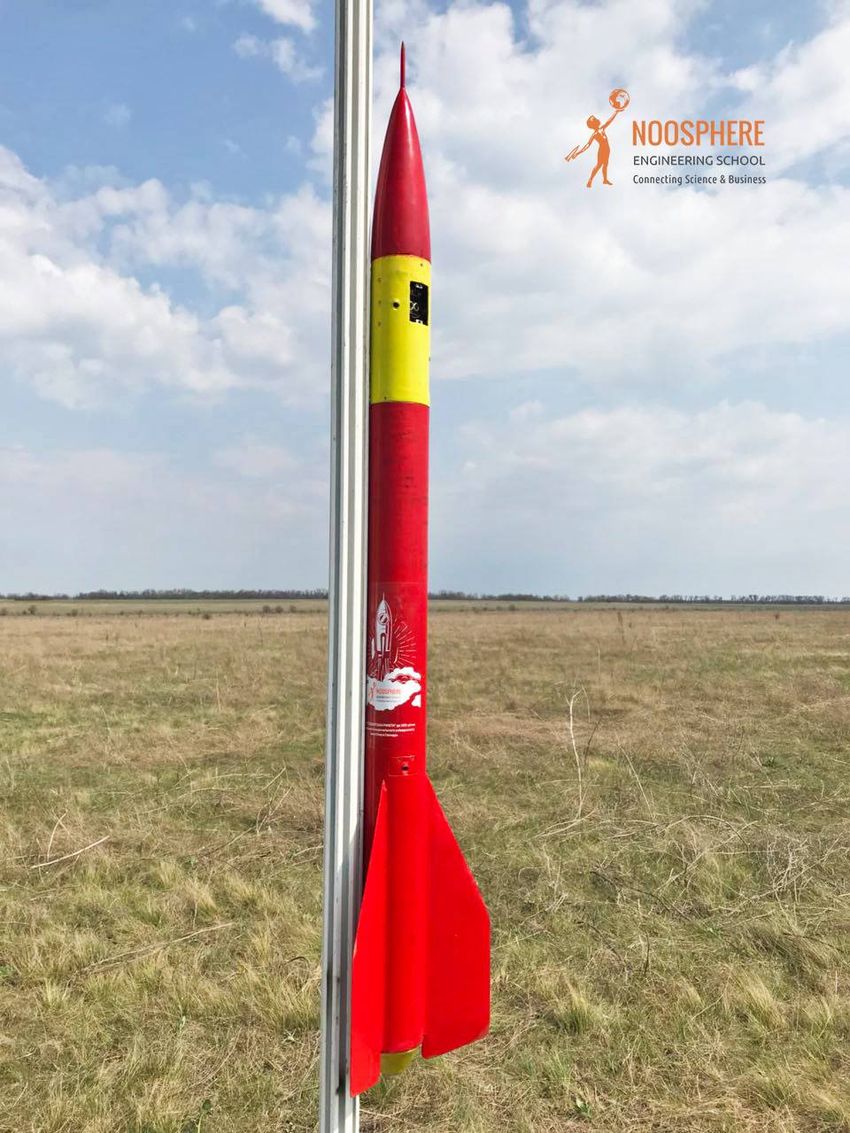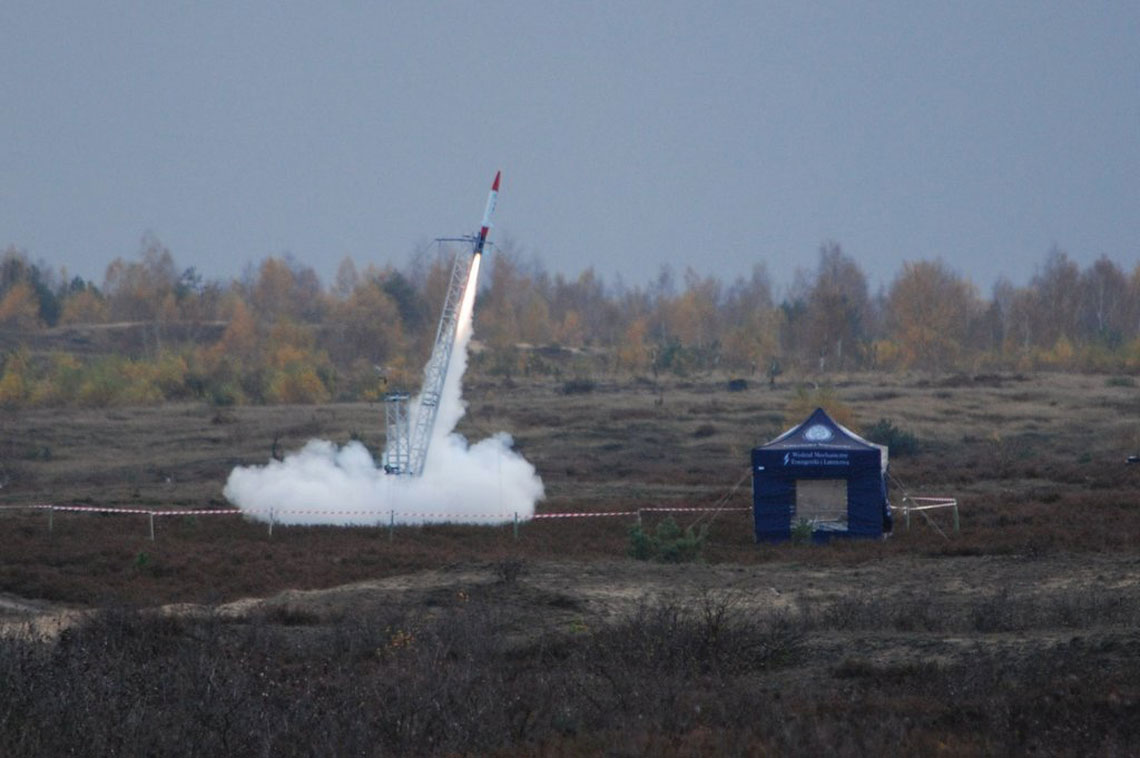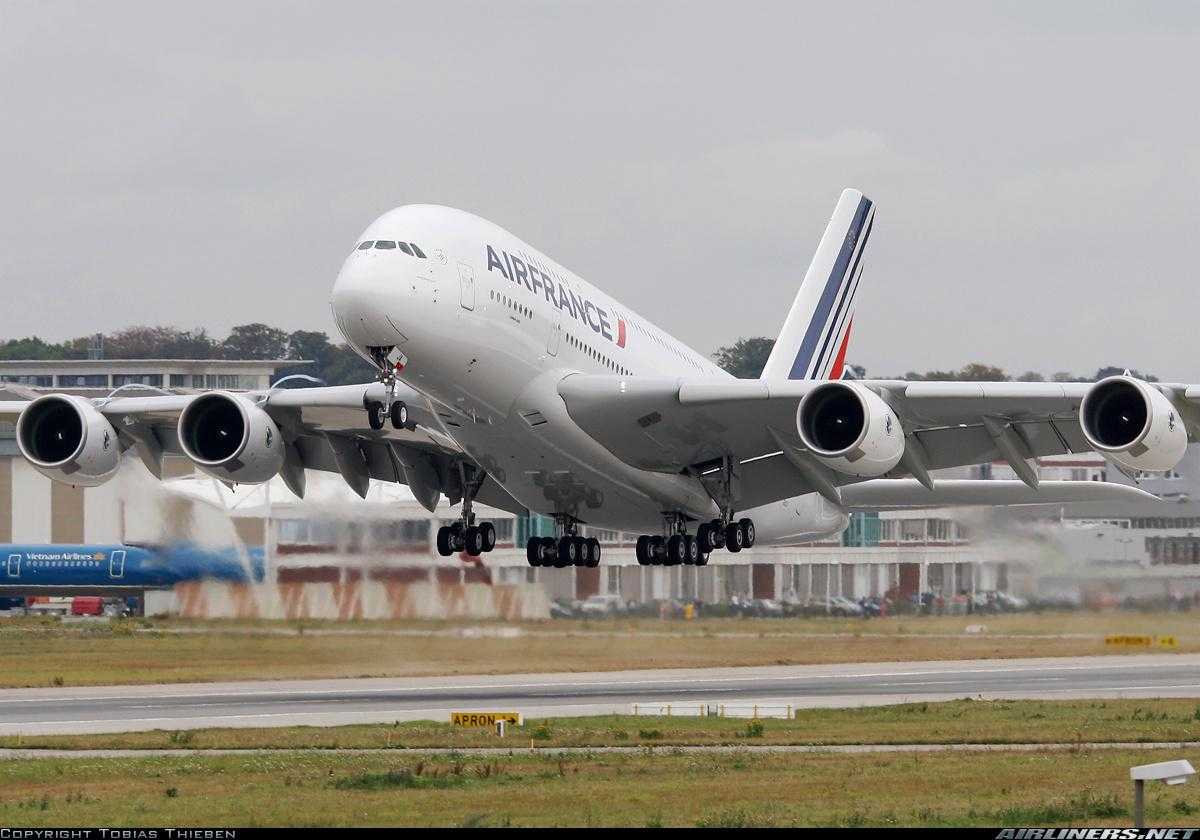
Student rocket tests

Student rocket tests
On October 22 and 29, test flights of rockets made by the Rocket Section of the Student Space Association of the Warsaw University of Technology took place at the Artillery and Armament Training Center in Torun.
First, on October 22, the two-stage Amelia 2 rocket was tested. This rocket is a subsonic design used to test major systems such as the stage separation system. The test was successful, and the rocket was found to be serviceable. Parts of the rocket, along with telemetry data collected during the flight, will be used to analyze the progress of the flight.
The students scheduled a much larger test for October 29th. On this day, the H1 supersonic rocket and a new design - TuKAN, which was the carrier of research containers, the so-called. KanSat. The H1 test, after design improvements, including tail aerodynamics, was to be another test conducted in October 2014, during which, due to cloudiness and loss of communication with the missile, it could not be detected. The H1 missile is a test design. Both of its members have a parachute rescue system.
TuCAN, belonging to the CanSat Launcher class of rockets, is used to launch eight small 0,33-liter research containers into the lower atmosphere, which, when ejected from the rocket body, return to the ground using their own parachutes. In the construction of the TuCAN rocket, the students were financially supported by the American company Raytheon, which in June 2015 provided a grant in the amount of PLN 50. dollars. As a result, work on the most advanced project to date, carried out since 2013, has accelerated significantly - at the beginning of 2016, the working design of the TuCAN rocket was completed, as well as analyzes in the field of strength and heat transfer.
The field launch complex - both the launcher and the base - was already fully prepared by 11:00. Adverse weather - strong winds, heavy cloud cover and temporary but intense rainfall - along with technical difficulties typical of early flights - delayed the launch of the first scheduled TuCAN rocket. After a long wait for favorable conditions, TuCAN started at 15:02, pulling out the CanSats dummies. The first stage of the flight went smoothly - the solid-propellant engine started without delay, developing forward thrust from 5,5 to 1500 N in 3000 s. The rocket developed a speed of about 10 km / h at the final stage of the engine flight (Ma = 1400). The missile transmitted telemetry data and images from several cameras, the task of which was to record the operation of the main systems.
